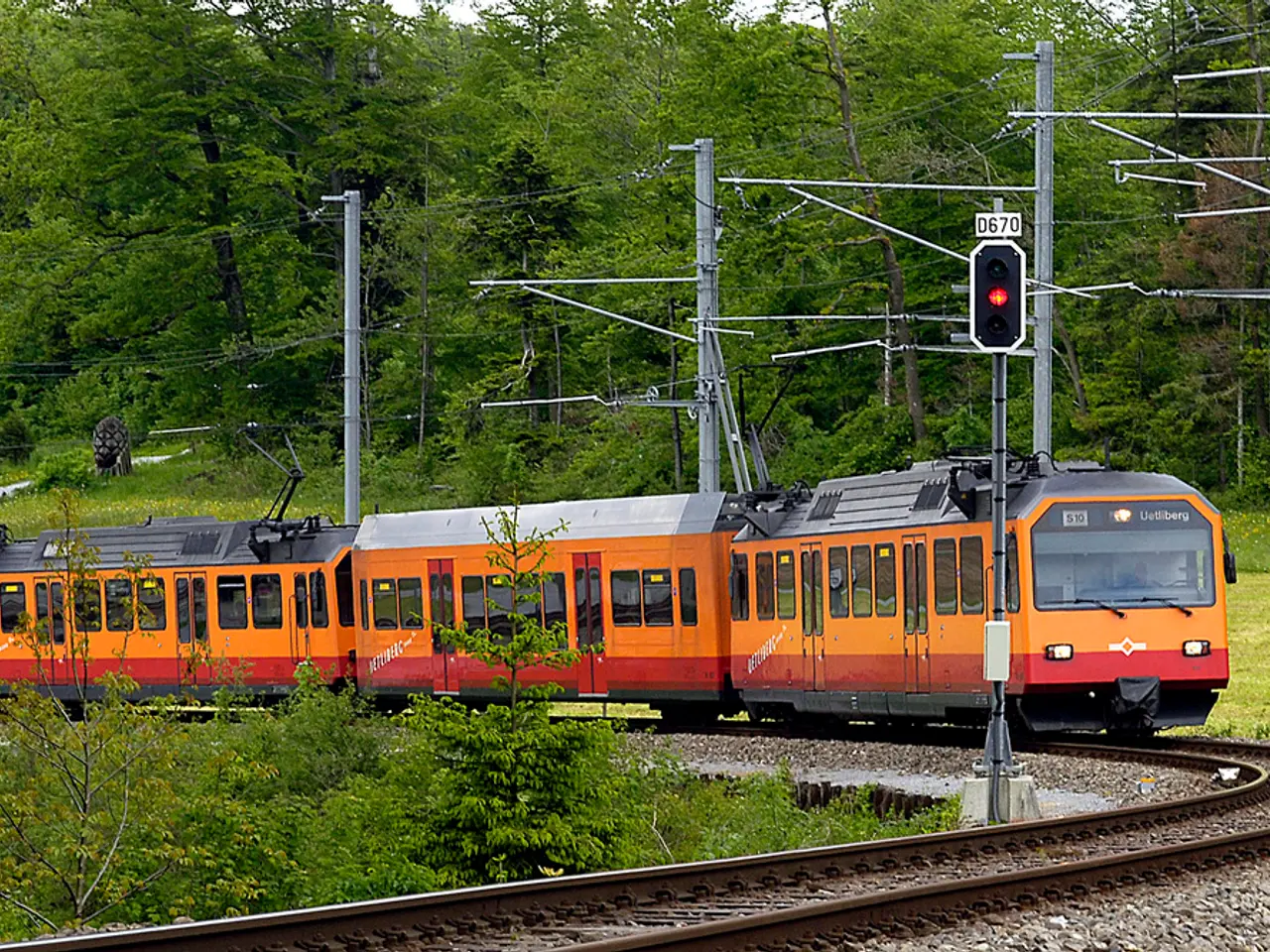Electric transport in Tomsk grapples with a 40% scarcity of conductors
In the Siberian city of Tomsk, a notable change has taken place in its public transport system. Tramcars and trolleybuses have been operating without conductors since early July of this year, marking a shift towards a more automated and cost-effective service.
The Tramway and Trolleybus Management, in a forced measure, has implemented this change as part of efforts to modernize the system and reduce operating costs. This transition involves the use of electronic validators or contactless payment methods for fare collection, streamlining boarding processes, and reducing labor expenses.
The absence of conductors has also been influenced by the COVID-19 pandemic, which has emphasized the importance of minimizing close contact between passengers and staff. This move is intended to enhance health safety measures, further ensuring the well-being of both passengers and employees.
The reporter, who frequently uses public transport in Tomsk, has observed this trend and noted that passengers do not feel discomfort due to the absence of conductors, as there are usually two validators in the salon. However, elderly passengers who do not use cards have expressed difficulties in paying for their rides, often finding it challenging to reach the driver.
The Tramway and Trolleybus Management has reported a 22% deficit in drivers and a 37% deficit in conductors, but they are addressing this issue by recruiting new trolleybus drivers, with a group started in April 2025 expected to begin independent runs this fall. The city management has also reported that some former employees are returning to their previous positions.
The fare for a ride in Tomsk's electric transport remains at 24-25 rubles, depending on the payment method. Despite the transition, the Tramway and Trolleybus Management has not commented on any difficulties faced by passengers or any discomfort reported due to the absence of conductors. They have also not discussed the 30-second delay between transactions of the validators in the salon.
As of publication, tramcars and trolleybuses on routes 1, 2, and 3 in Tomsk are operating without conductors. The reporter interviewed passengers about their feelings regarding this change, and while some elderly passengers have faced difficulties, the majority have not expressed any discomfort.
This shift towards a more modern, efficient, and cost-effective public transport system in Tomsk is a significant step forward, reflecting the city's commitment to improving its services and adapting to the changing times.
The Tramway and Trolleybus Management's strategy to modernize the public transport system in Tomsk includes not only automation but also a focus on finance, as the absence of conductors is intended to reduce labor expenses. In the realm of transportation and public-transit, this city's endeavor to streamline its services and digitize fare collection embodies a forward-thinking approach in finance, facilitating the industry's progress.




